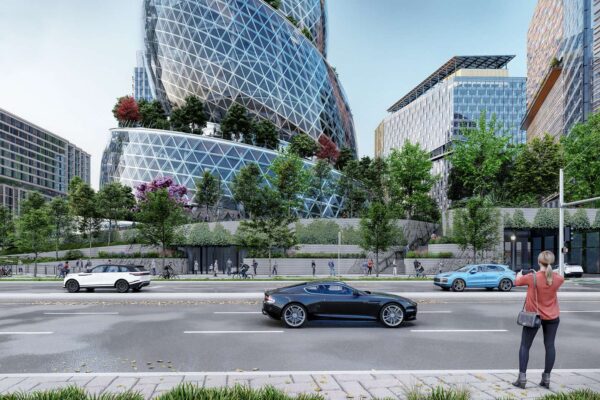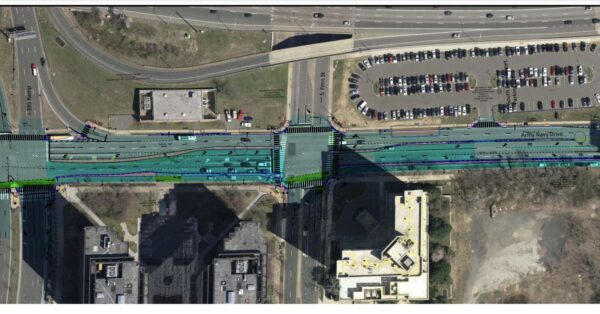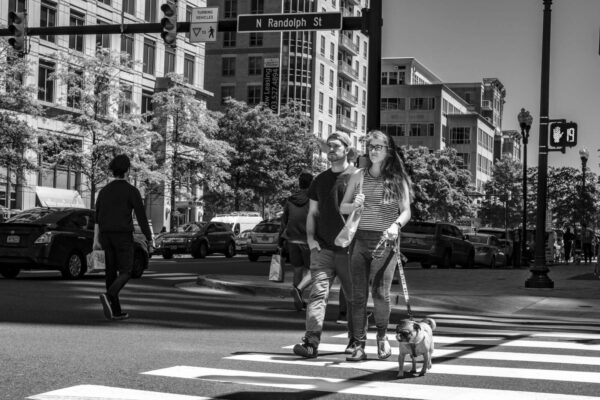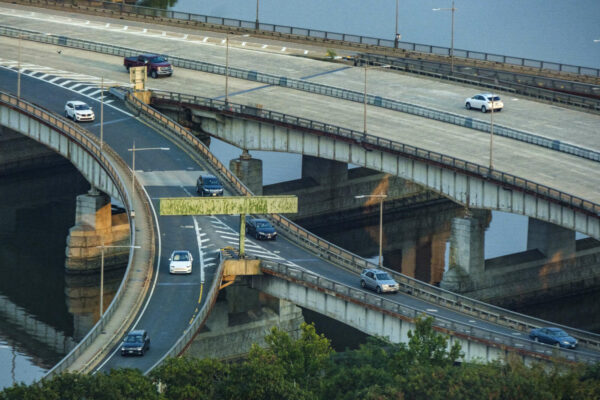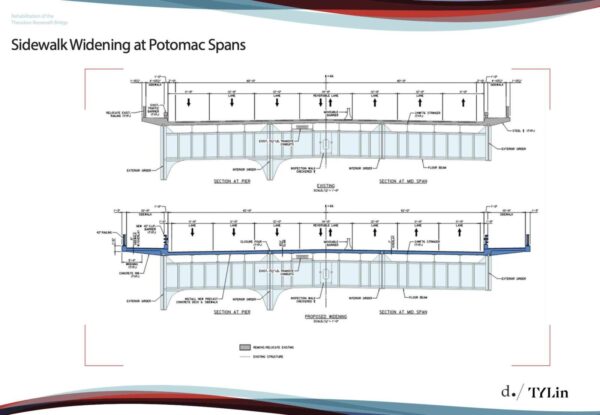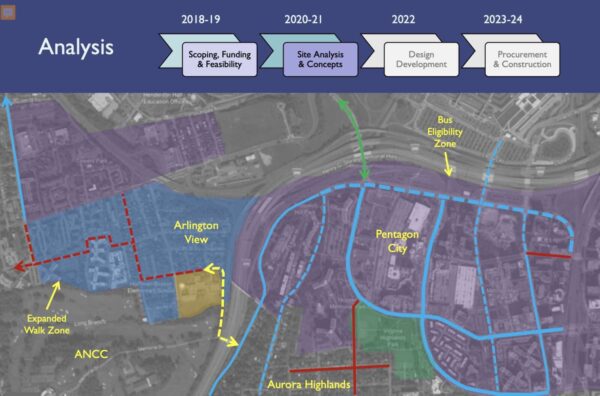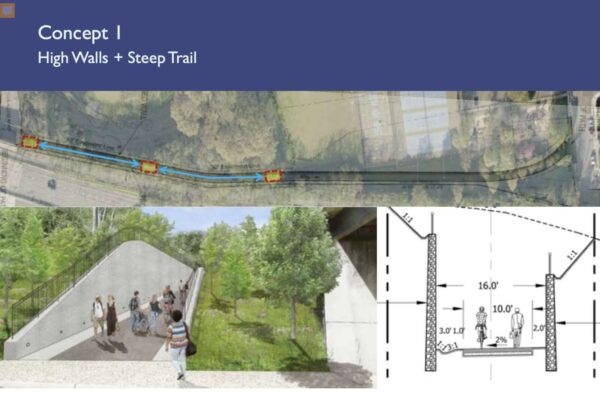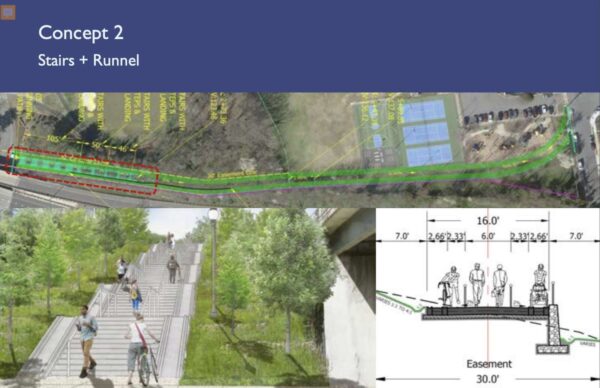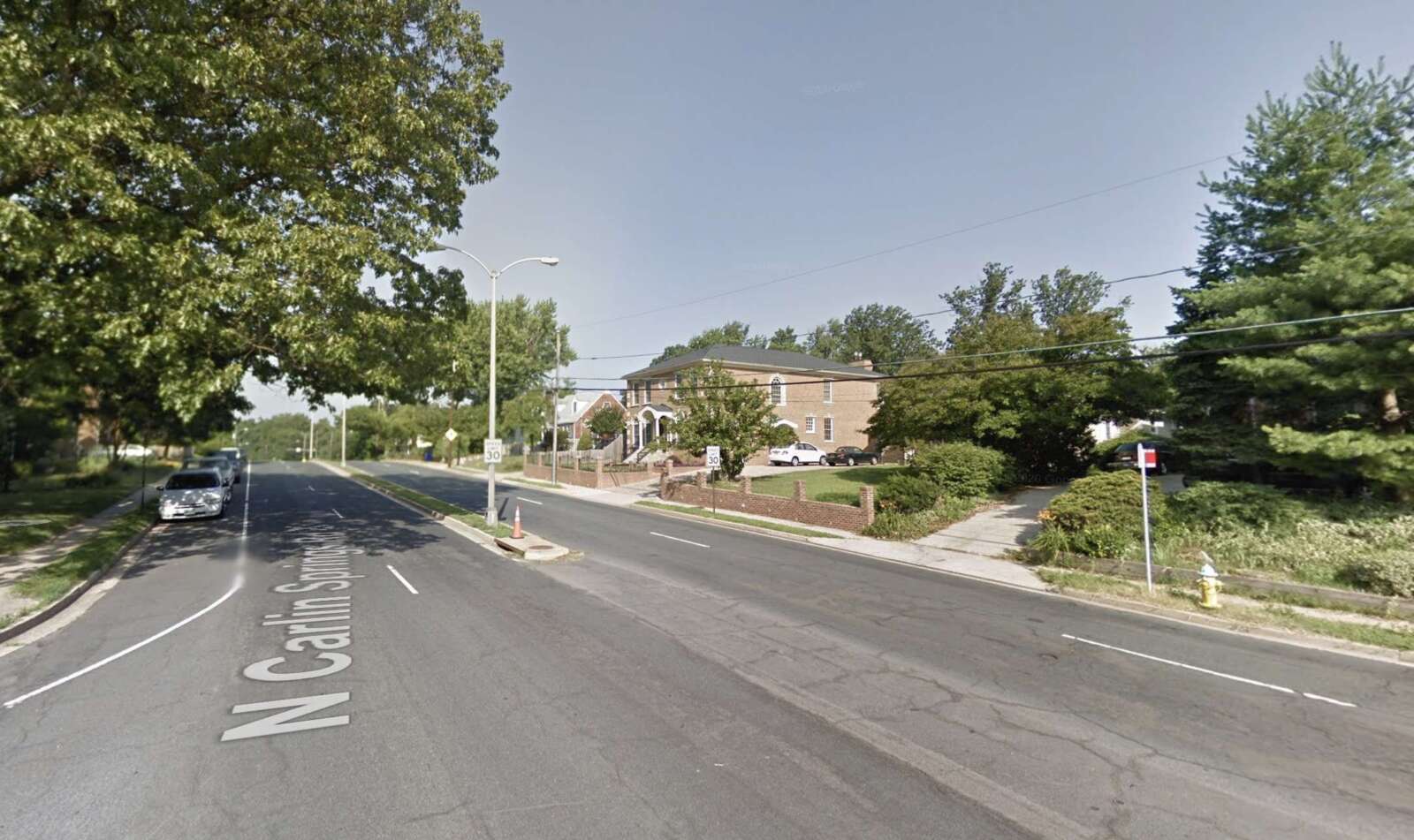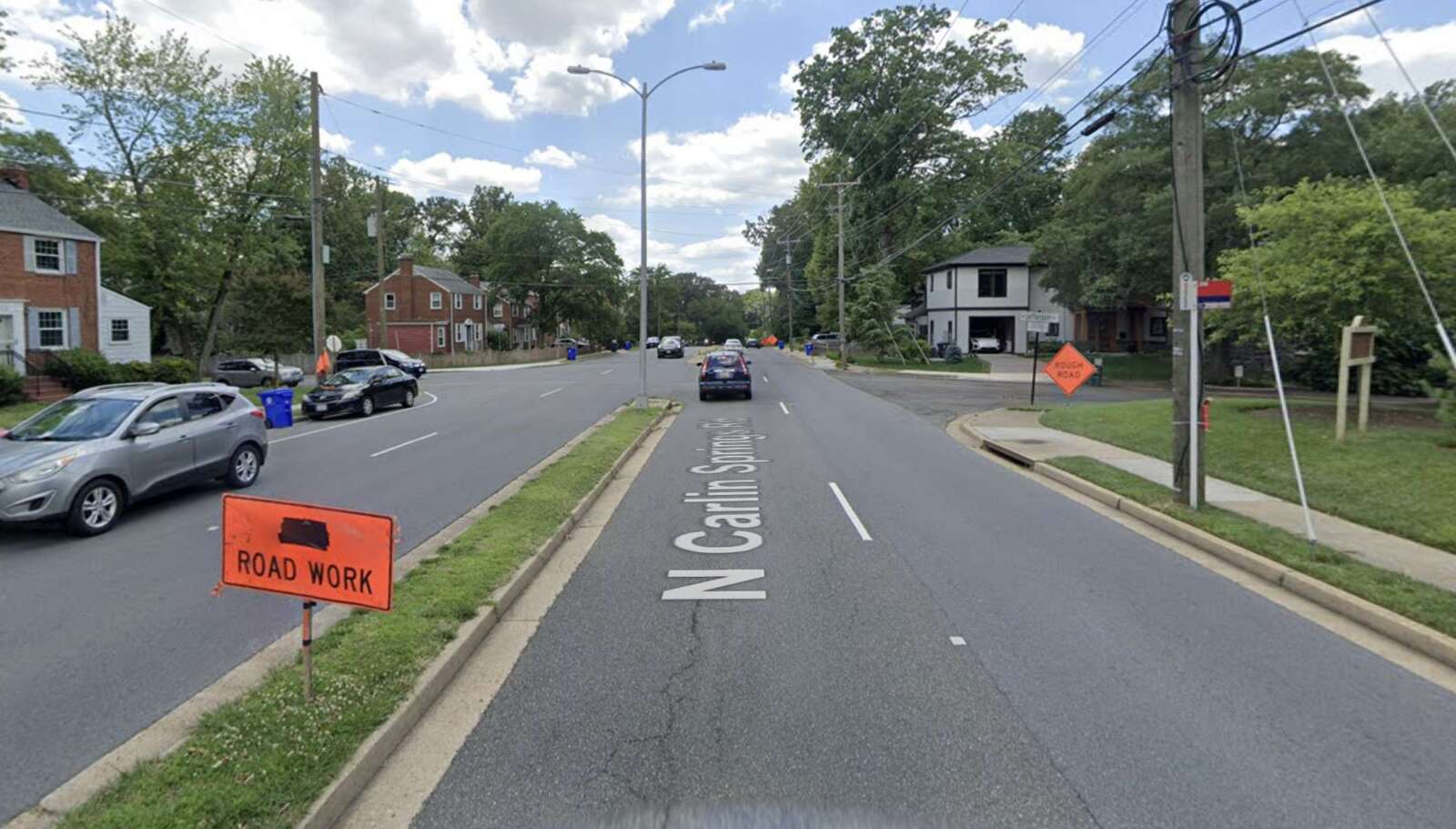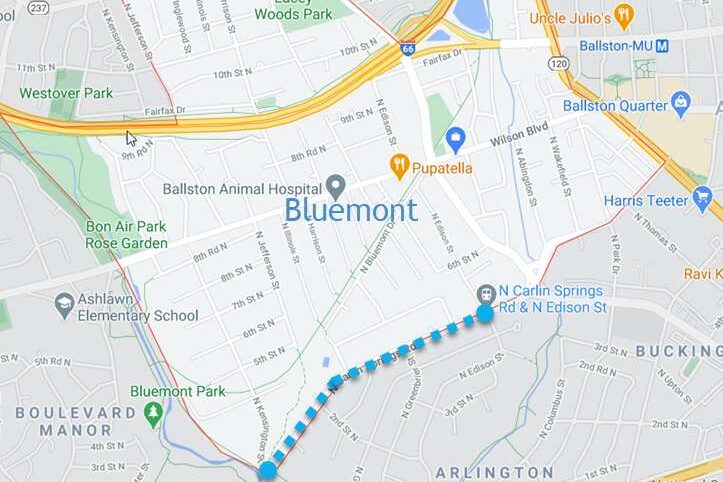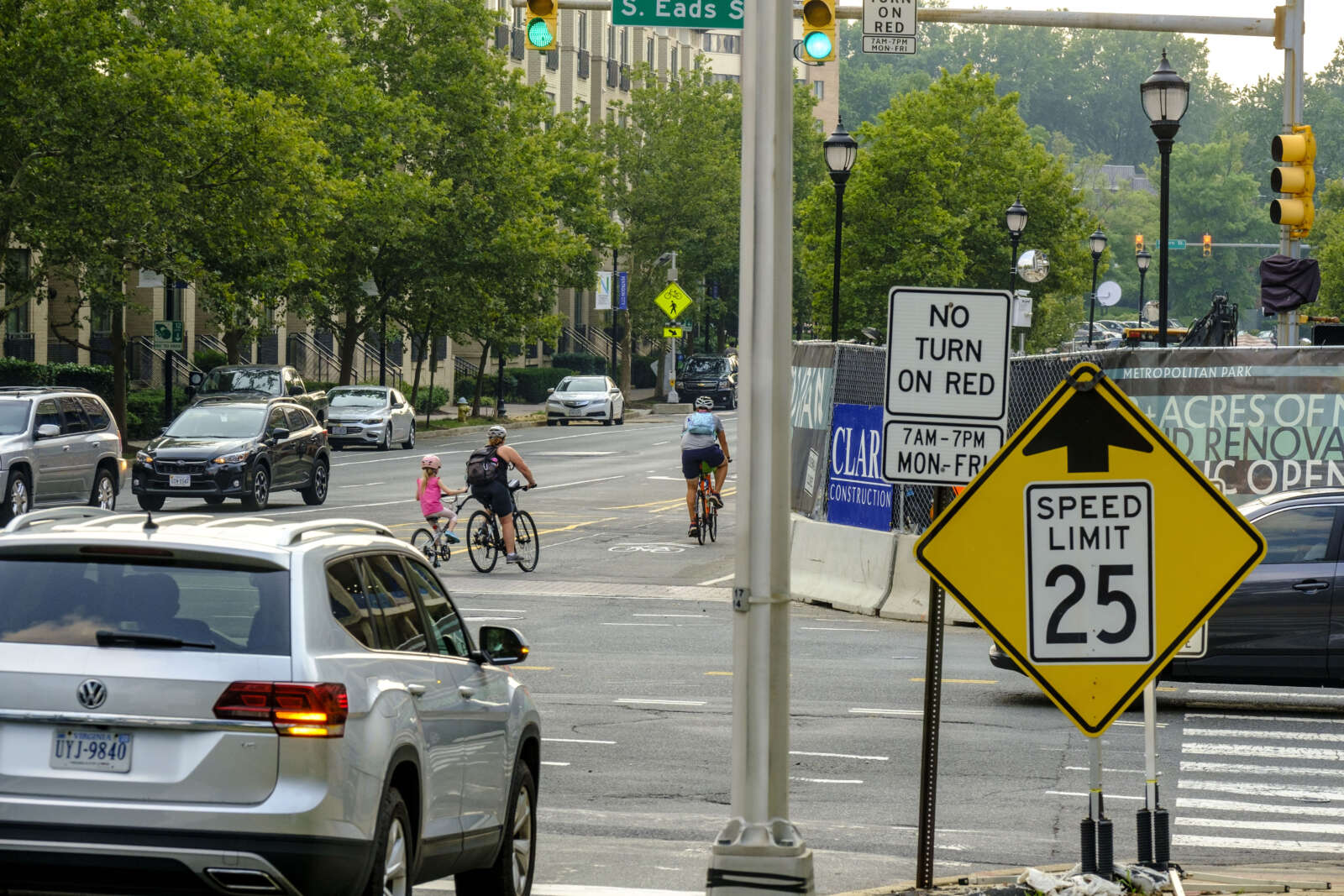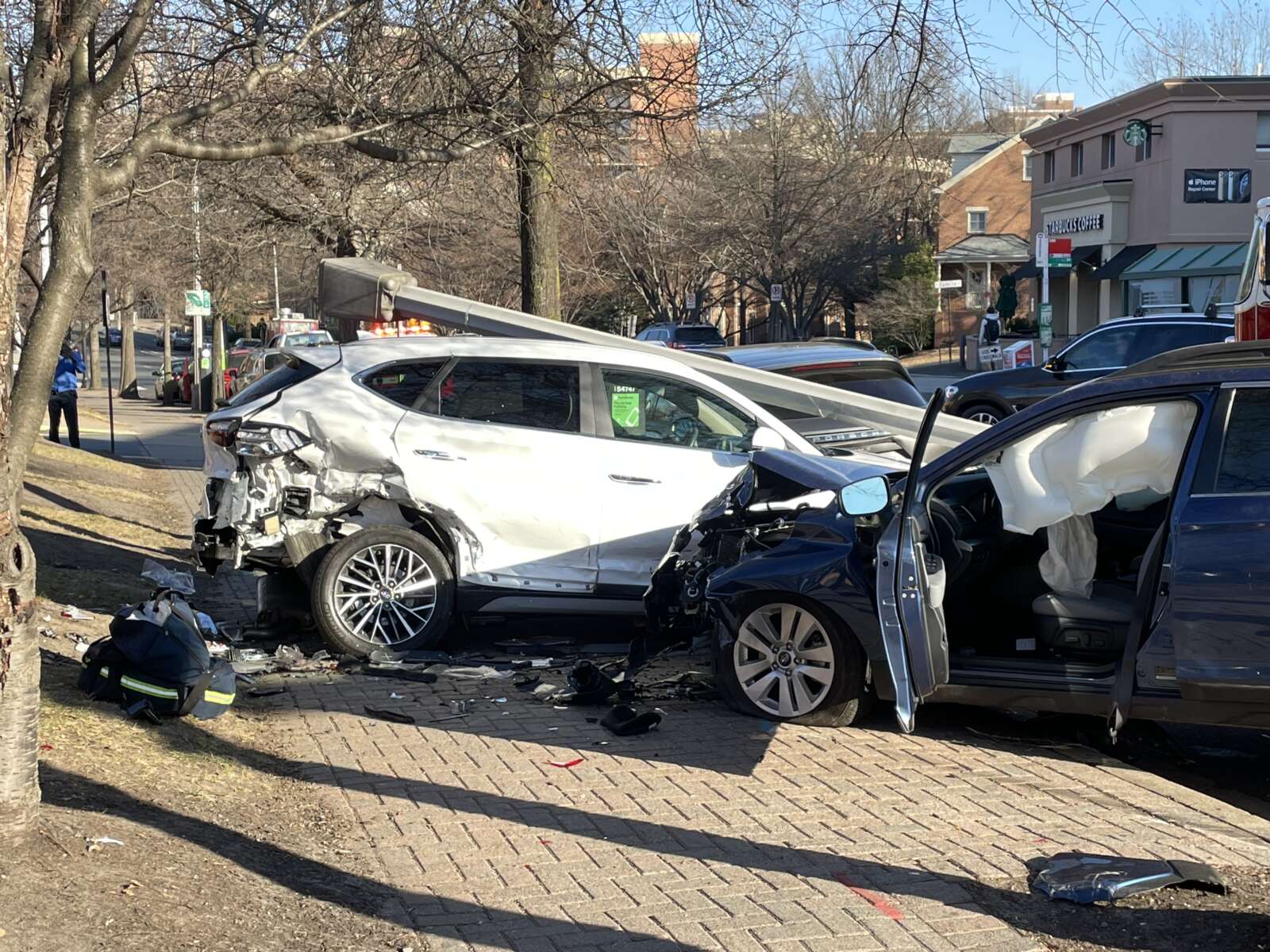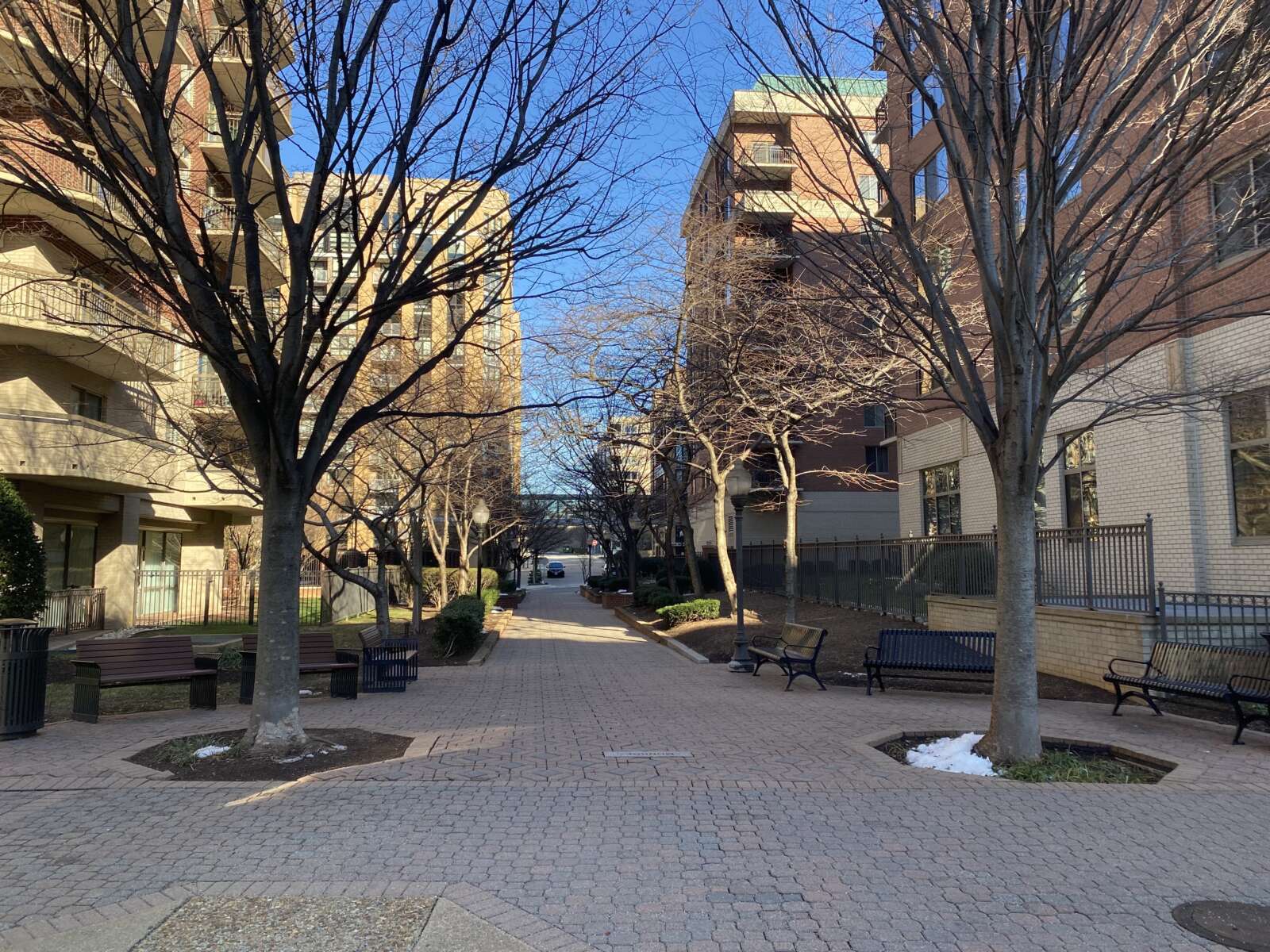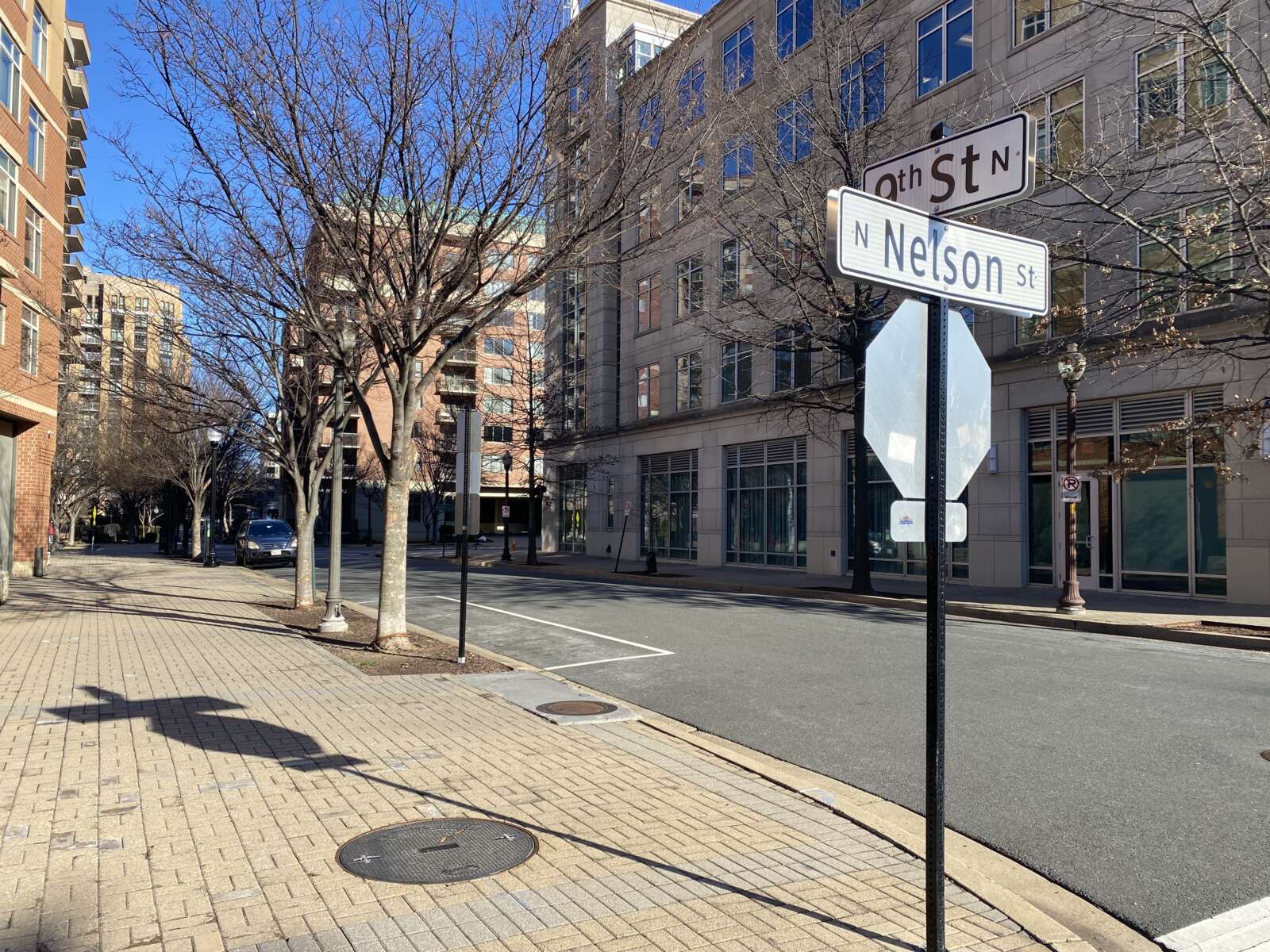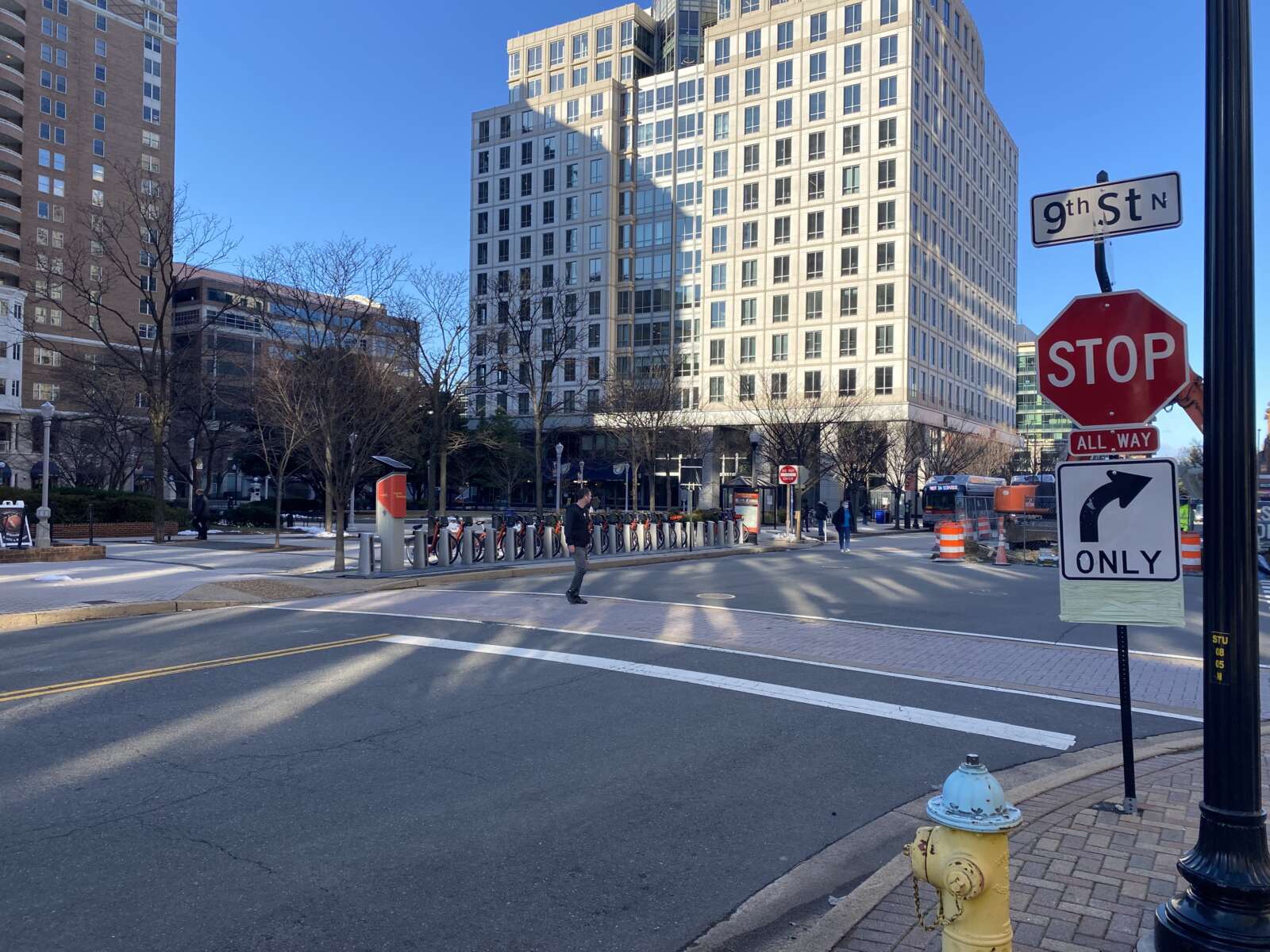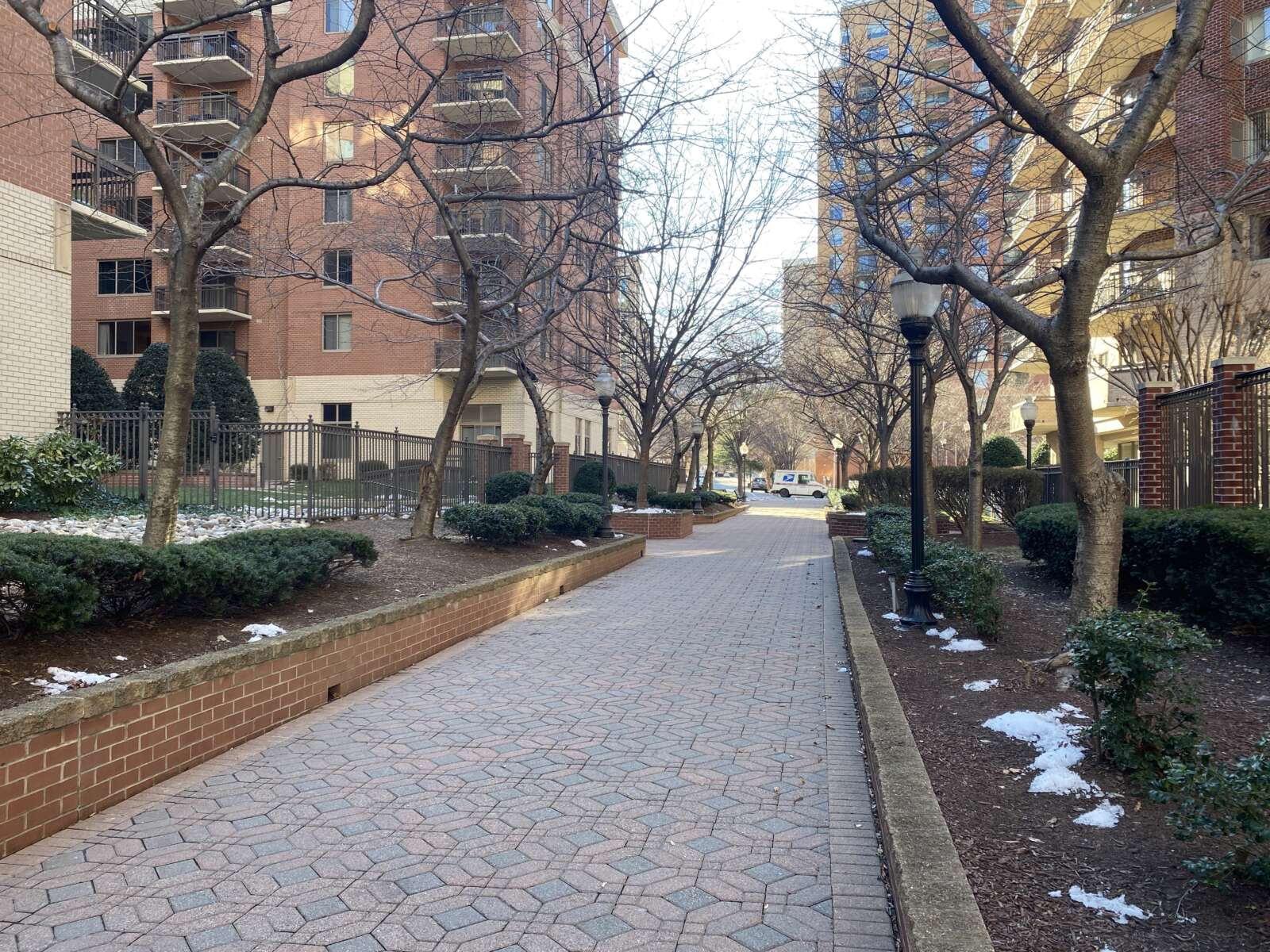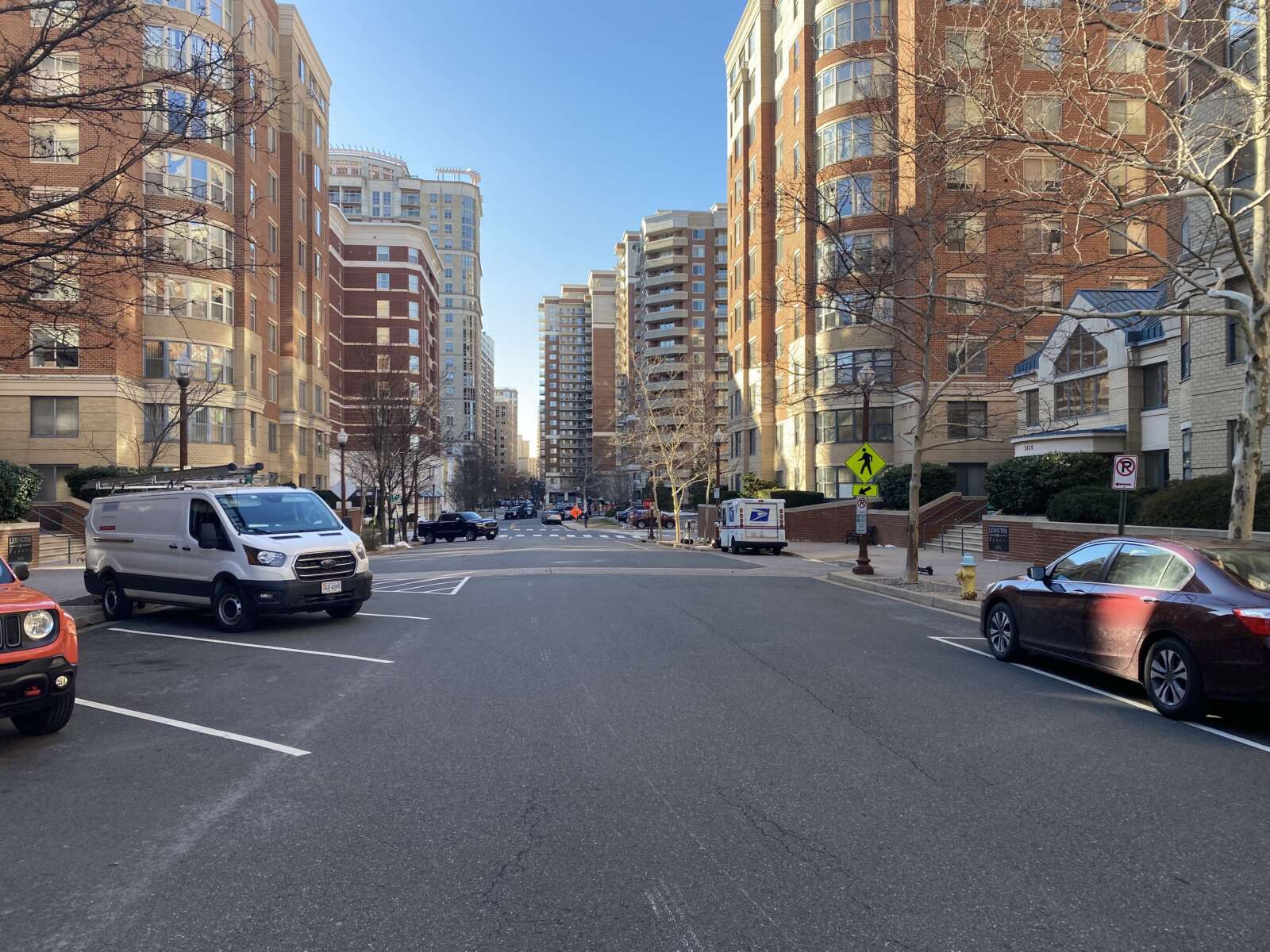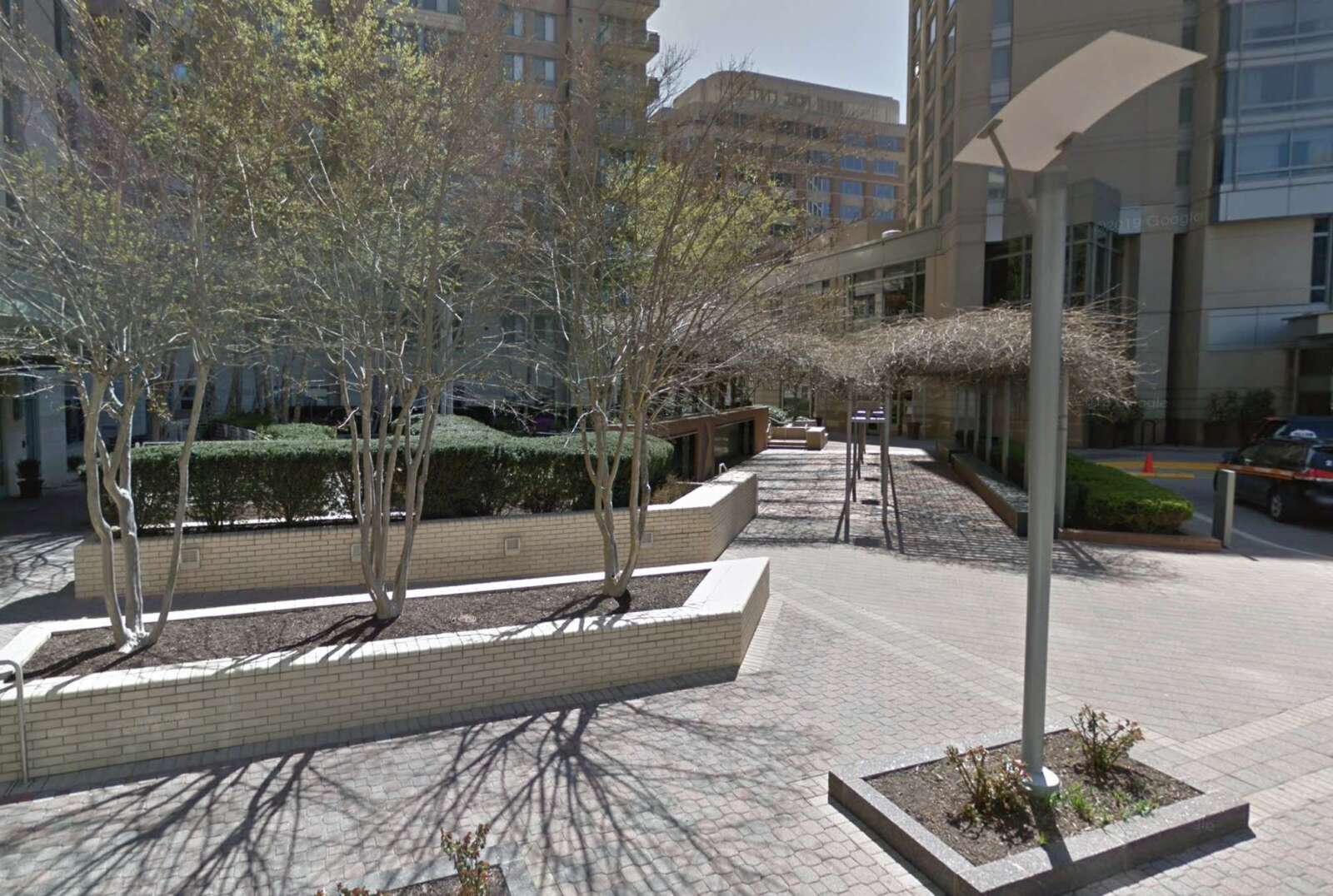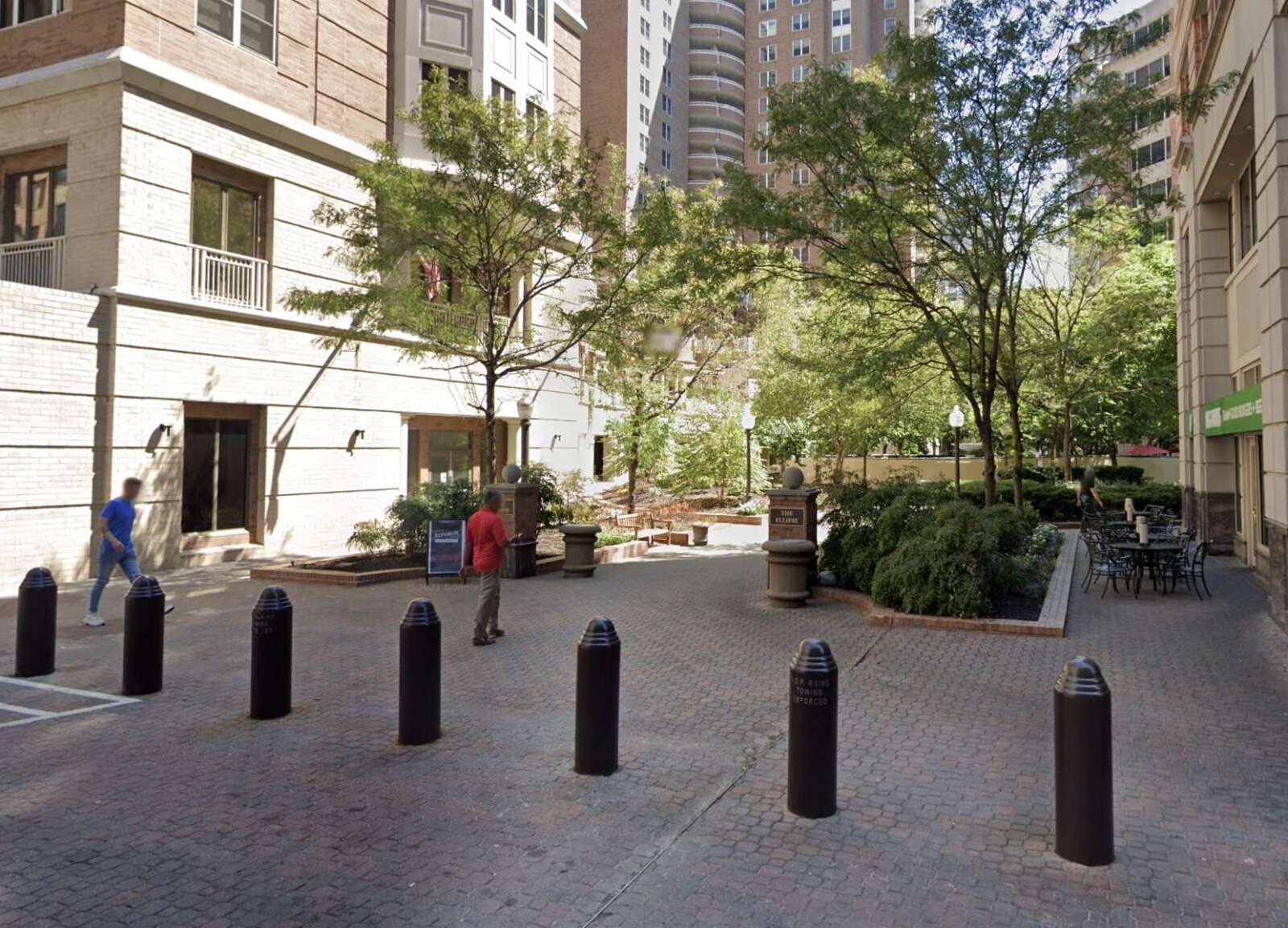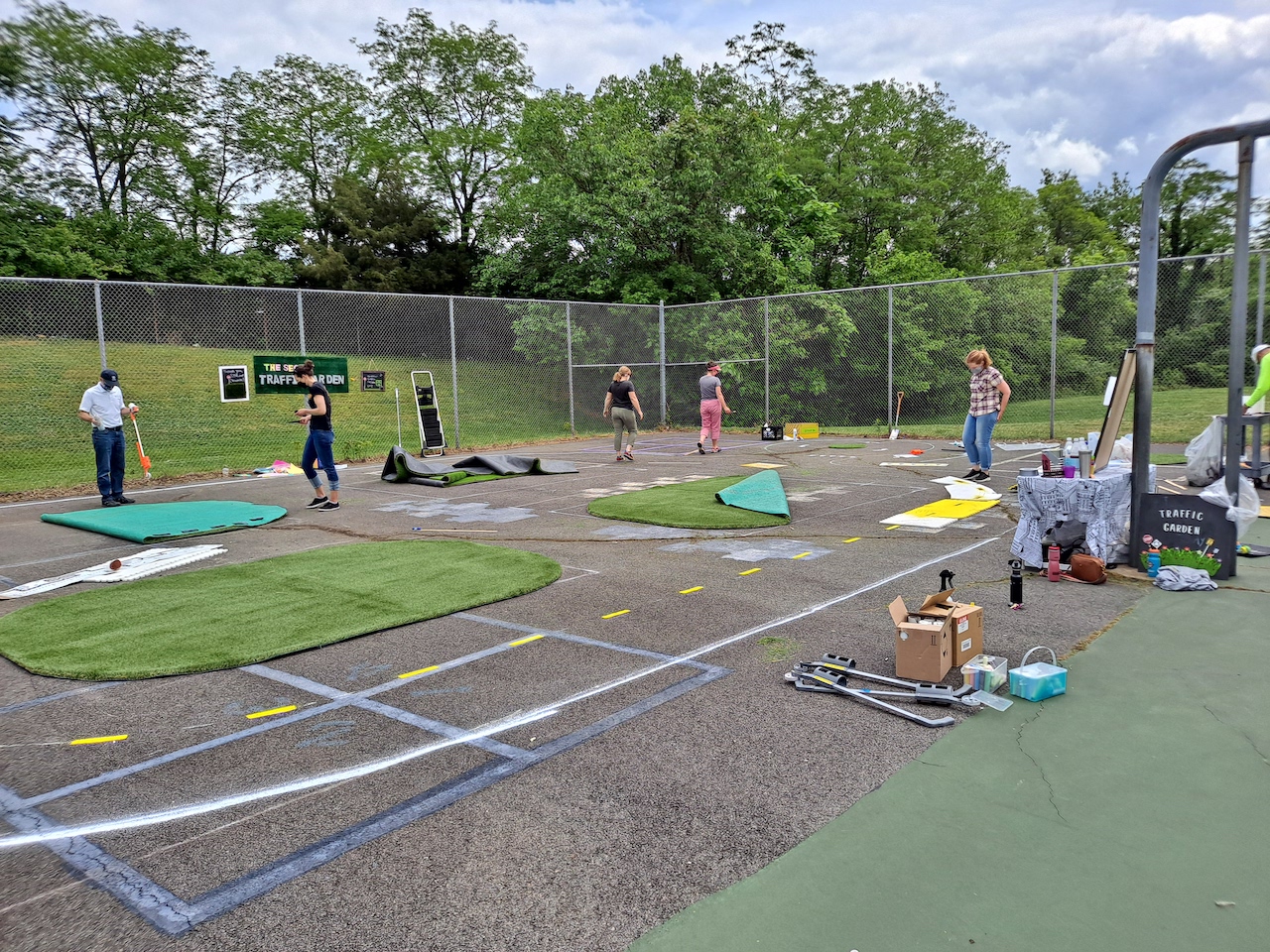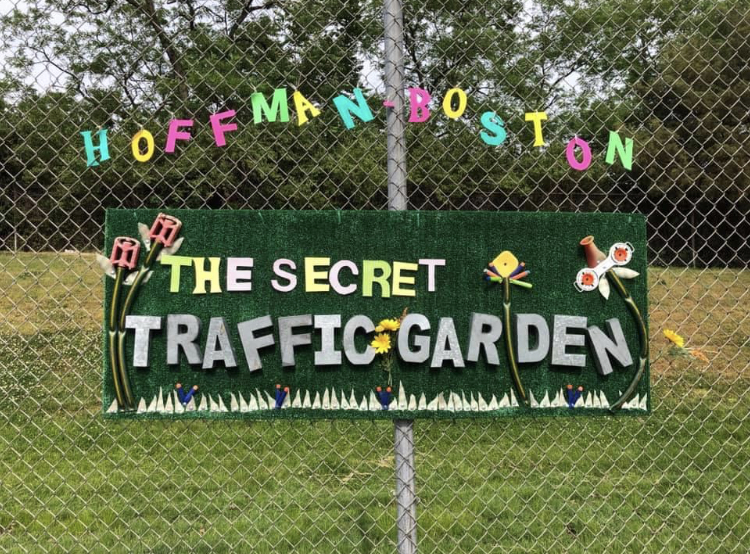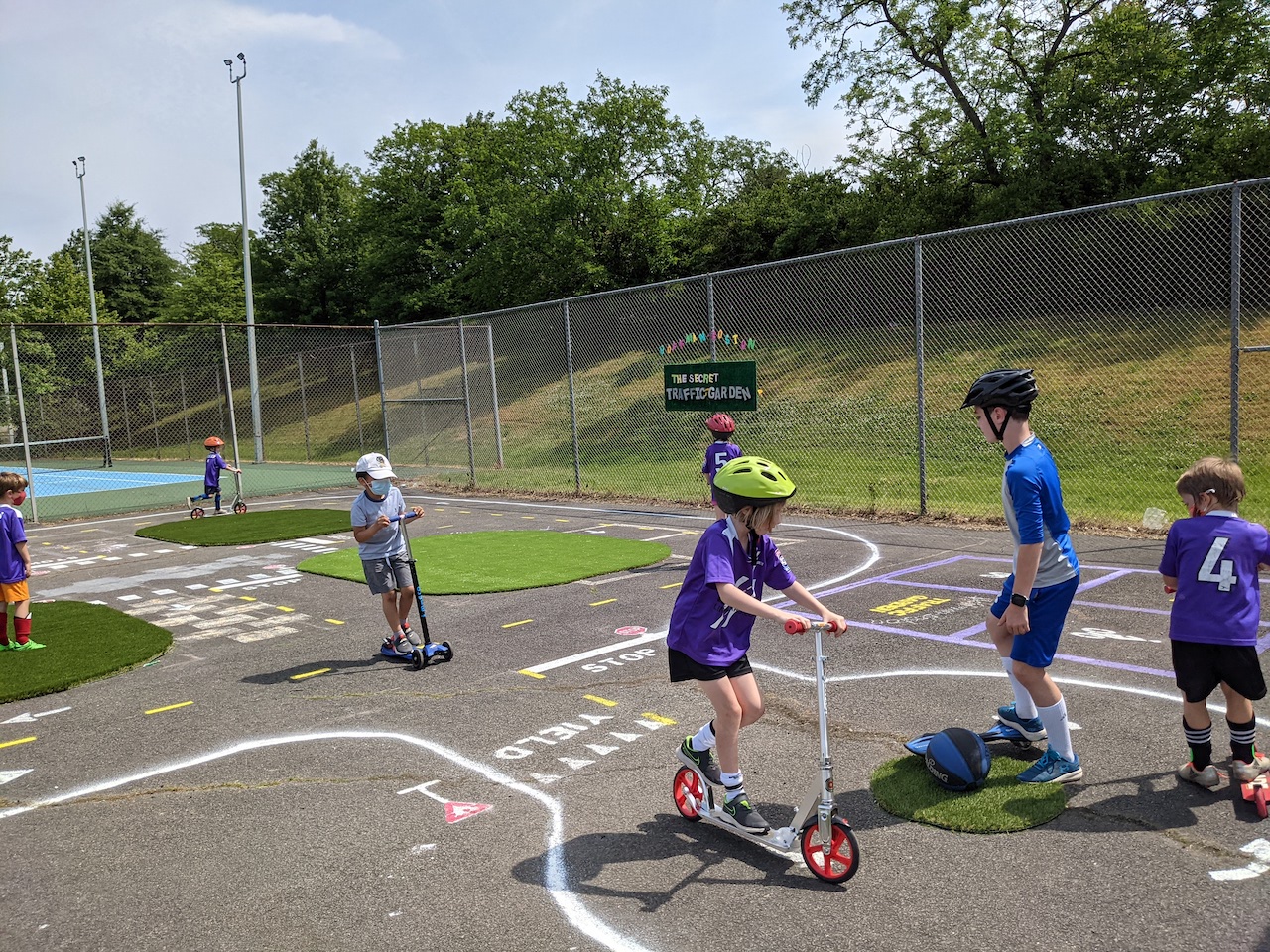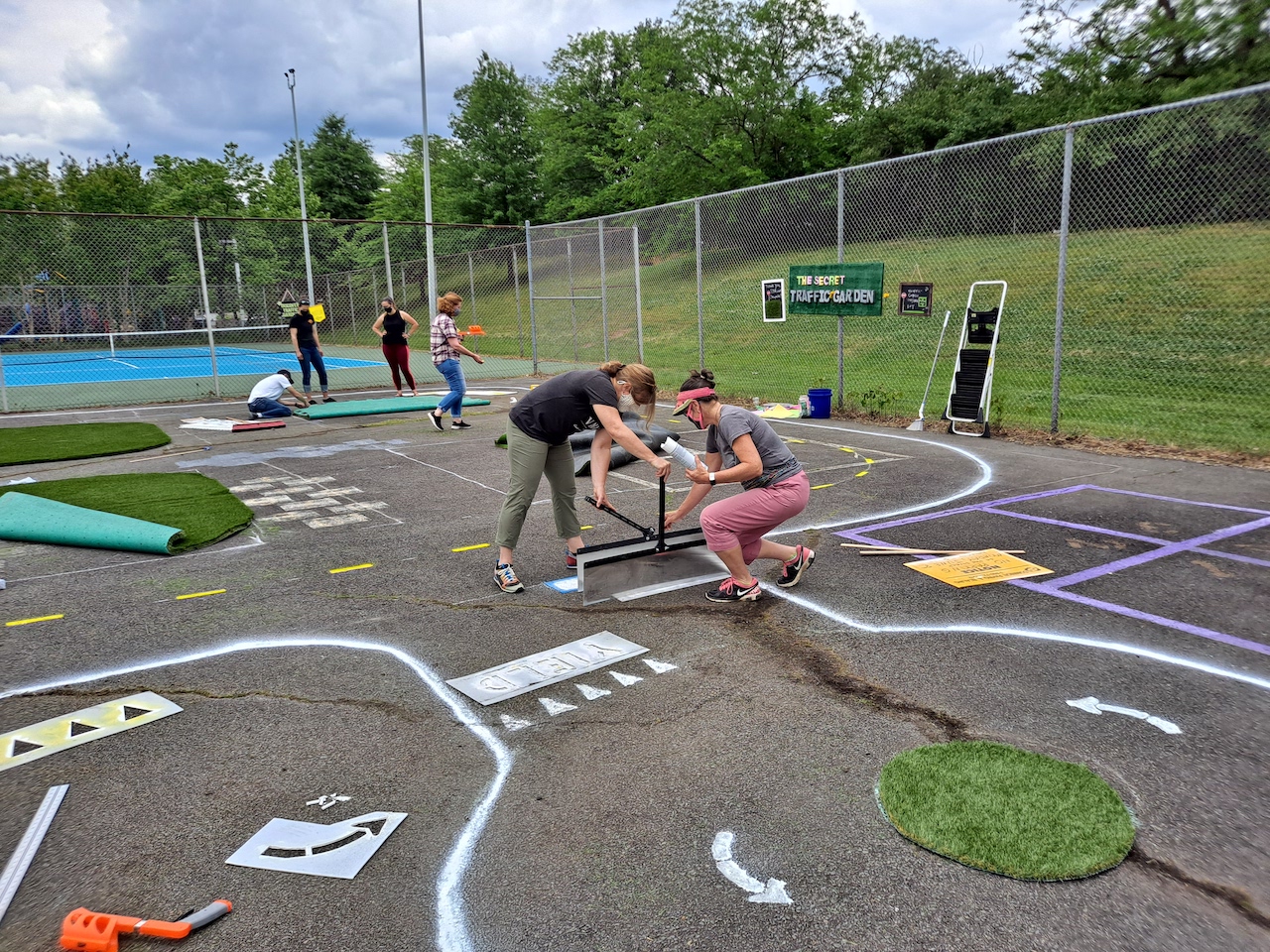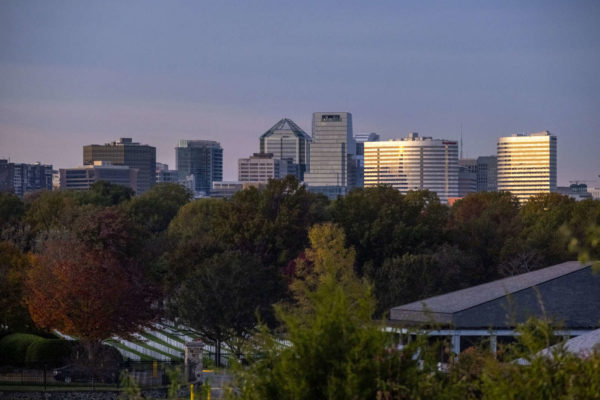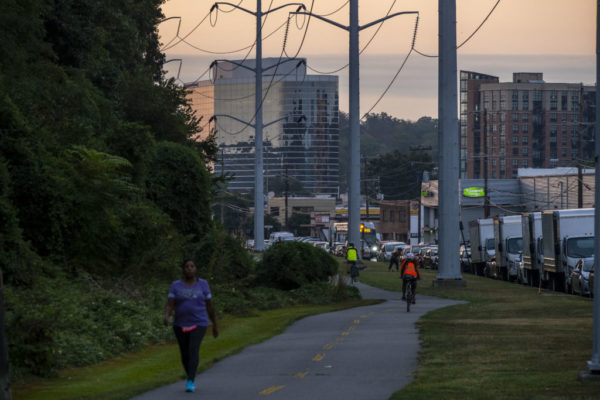
The Northern Virginia Regional Park Authority is looking to expand the W&OD Trail in Arlington, potentially by 2027.
The organization, also known as NOVA Parks, released its five-year strategic plan on Tuesday. The plan includes proposed upgrades to Arlington’s section of the Washington & Old Dominion (W&OD) Trail, including the addition of a dual-use trail.
Sometimes called “the skinniest park in Virginia,” the old railroad-turned-trail actually starts in Arlington, with mile marker zero in Green Valley near the intersection of S. Four Mile Run Drive and Shirlington Road. It extends about five miles running northwest through the county to Benjamin Banneker Park, continuing into Falls Church, and beyond.
About 2 to 3 million people use the trail each year.
NOVA Parks says it is aiming to “design and expand the capacity of the W&OD Trail in congested urban areas” including the Arlington section of the trail. That could mean a widening of the trail.
The design work for this expansion is expected to be completed within the next two years, per the plan. The work will be done in collaboration with the Northern Virginia Transportation Authority.
Plans will also be developed for sections of dual trail along the W&OD in Arlington, like what was completed in Falls Church last fall. Dual trails allow for separate pathways for bicyclists and pedestrians.
The idea was first brought up at the Falls Church ribbon-cutting in October 2021 and was embraced by many who bike, run and walk on the trail, which can get crowded during peak usage times.
There was some opposition to expanding the trail, however, including from current County Board candidate Audrey Clement, who decried a “massive uprooting of vegetation” and runoff from additional paved surfaces.
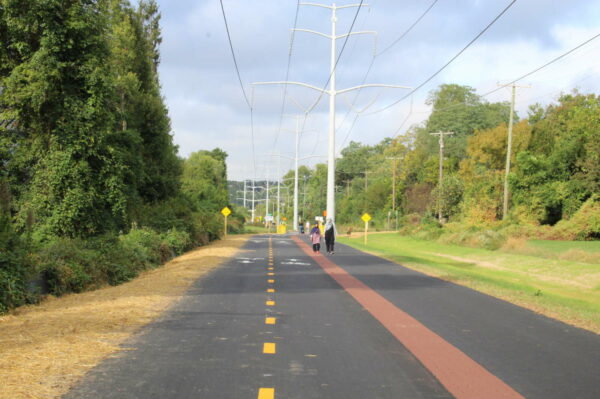
NOVA Parks Executive Director Paul Gilbert told ARLnow in an email that there’s grant money available to design something in Arlington that is similar to what’s now in Falls Church.
“The goal would be to do like we did in Falls Church and, where possible separate cyclists from walkers with parallel paths,” Gilbert said. “There may be areas where we just have room to make the single existing trail a little wider and other areas where users can have separate paths.”
In terms of when this might be built, that’s not clear with design work still needing to be completed. The hope is to bring those designs back to the community for feedback by 2024 and begin construction “when permits are approved.”
Overall, NOVA Parks is pledging to spend more than $6 million on creating and improving trails across the region over the next 5 years.
As the only regional park authority in Virginia, NOVA Parks encompasses 34 parks and manages 12,335 acres of land in six Northern Virginia jurisdictions, including Alexandria, the City of Fairfax, Falls Church, Fairfax County, Loudoun, and Arlington.
The strategic plan also promises a number of improvements, big-ticket projects, and expansion of Northern Virginia parkland over the next half-decade.
NOVA Parks is committing to planting 50,000 more trees, restoring native plantings to at least ten new areas, reducing parks’ carbon footprint by 2%, and expanding solar energy to three additional parks, all by 2027. The plan is also to start introducing electrical vehicles and mowers into its fleet by 2024.
Additionally, there are several big money items on the agenda. NOVA Parks is looking to acquire at least five new properties by 2027, as well as build a W&OD Trail Visitors Center.
The center is likely to be built in Loudoun County, Gilbert told ARLnow, near where a trail maintenance facility is currently located.


